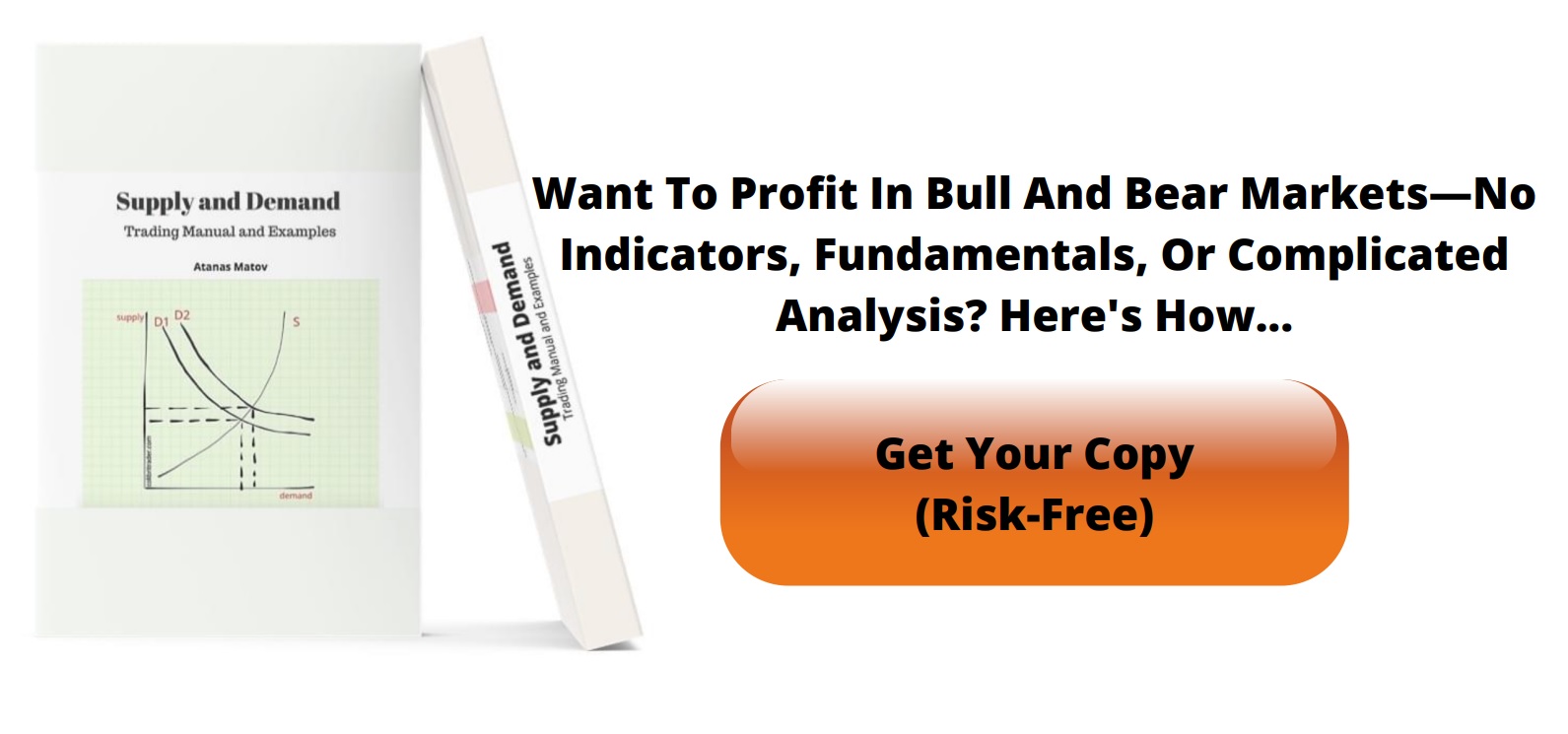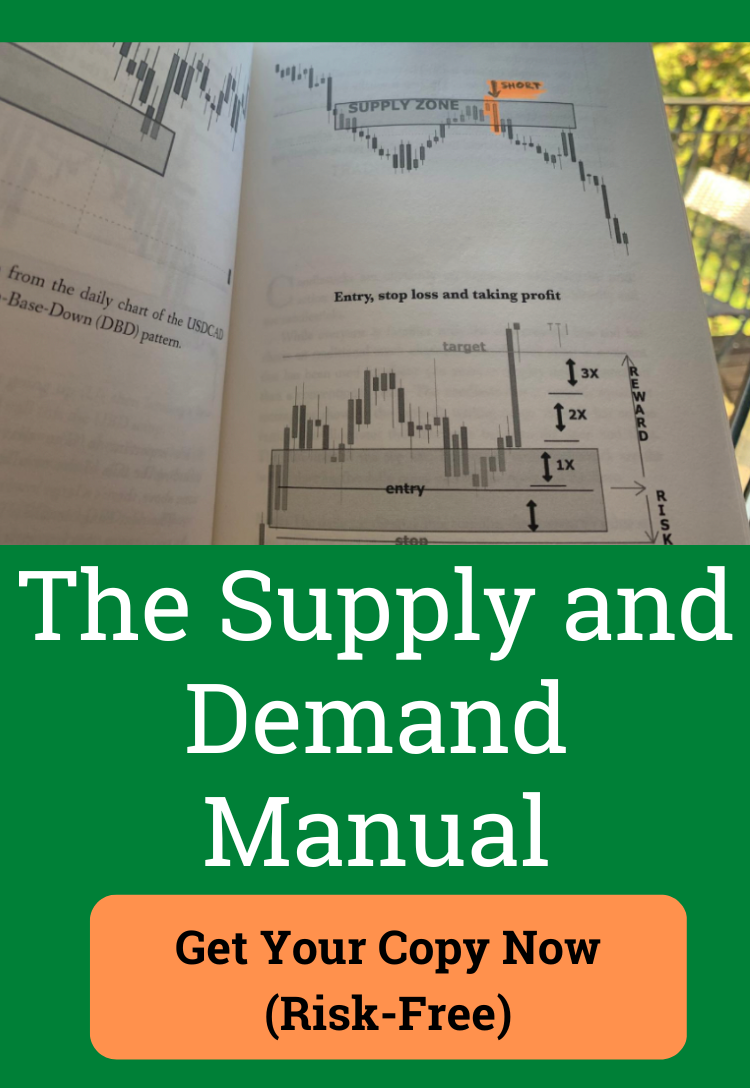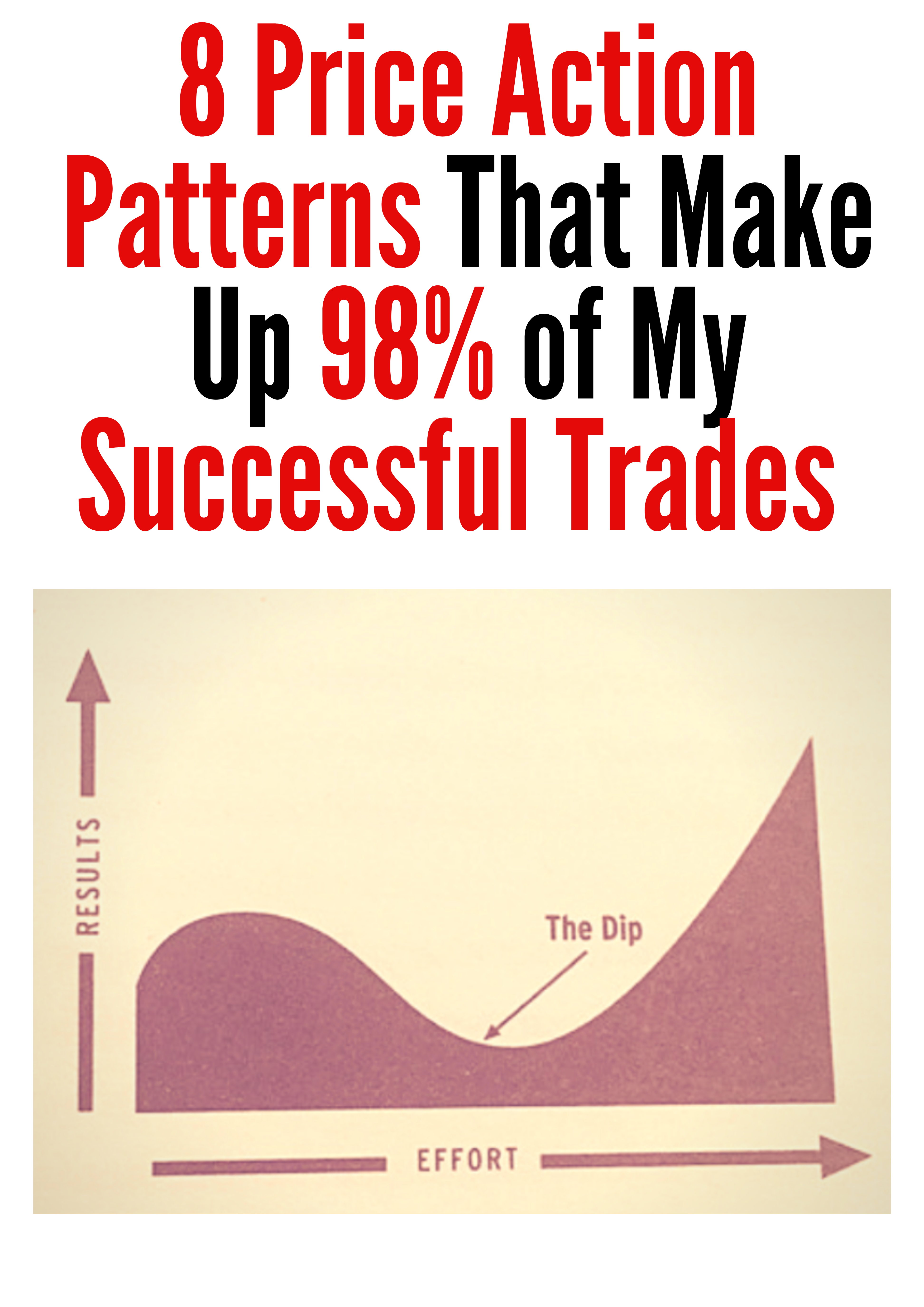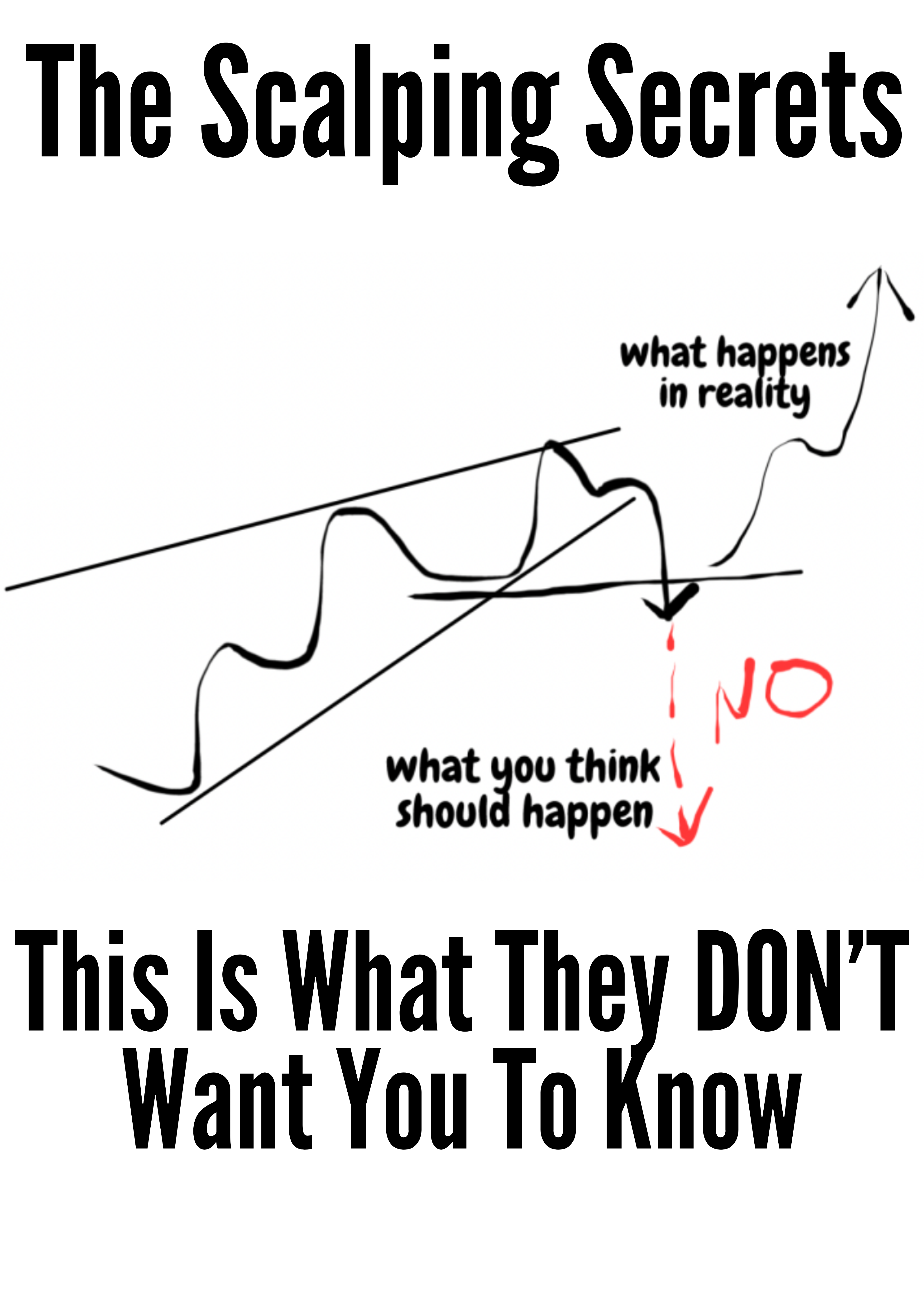Top 7 Candlestick Patterns for Day Trading in 2025
In the fast-paced world of day trading, where decisions are made in minutes or even seconds, understanding price action is not just an advantage; it's a necessity. While complex indicators and algorithms have their place, the most direct language of the market is communicated through candlestick patterns. These visual formations, crafted from real-time buying and selling pressure, offer a raw, unfiltered view of market sentiment. For day traders, mastering these patterns is like learning to read the market's mind, providing crucial clues about potential reversals, continuations, and moments of indecision.
This guide is designed to be your definitive resource for leveraging the most effective candlestick patterns for day trading. We will move beyond simple definitions and dive straight into actionable strategies. You won't find generic advice here. Instead, you'll get a practical playbook detailing how to identify, interpret, and trade these powerful signals in real-world scenarios. We will explore the specific contexts in which each pattern is most reliable, how to confirm your trade entries, and where to place your stops to manage risk effectively.
By the end of this article, you will have a comprehensive understanding of the following essential patterns:
- The Hammer & Shooting Star
- The Doji family
- Bullish & Bearish Engulfing Patterns
- The Morning Star & Evening Star
- The Harami
Whether you are a novice trader building your foundation or an experienced professional refining your skills, this in-depth roundup will equip you with the knowledge to make more confident, data-driven trading decisions. Let's get started.
1. The Hammer & Inverted Hammer: Pinpointing Trend Reversals
The Hammer and its counterpart, the Inverted Hammer, are powerful single-candle reversal patterns. They are essential tools for day traders because they signal potential bottoms and the exhaustion of selling pressure, offering a prime opportunity to enter a long position as momentum shifts.
These patterns are defined by their distinct shape: a small real body at the top of the trading range with a long lower shadow (or wick) that is at least twice the size of the body. The color of the body can be either green (bullish) or red (bearish), though a green body is considered slightly more potent as it shows buyers regained control before the session closed.
How to Identify and Trade These Patterns
The Hammer appears at the bottom of a downtrend. It signifies that while sellers pushed the price significantly lower during the session (creating the long wick), a strong surge of buying pressure drove the price back up to close near its opening mark. This rejection of lower prices is a classic sign of capitulation by sellers.
The Inverted Hammer also appears in a downtrend, but its shape is flipped. It has a long upper shadow and a small real body at the bottom. This pattern suggests buyers attempted to rally the price but were pushed back by sellers. However, the fact that sellers couldn't drive the price to a new low indicates their power is waning.
Key Insight: For both the Hammer and Inverted Hammer, confirmation is crucial. Never trade the pattern in isolation. A strong bullish candle on the following period is the confirmation you need to validate the reversal signal.
Actionable Day Trading Strategy
Here is a practical approach for using these candlestick patterns for day trading:
- Identify the Context: Look for a clear downtrend on your chosen intraday timeframe (e.g., 5-minute or 15-minute chart). The pattern is only reliable if it forms after a series of lower lows.
- Spot the Pattern: Watch for a Hammer or Inverted Hammer to form at a key support level, a moving average, or a Fibonacci retracement level. This adds significant weight to the signal.
- Wait for Confirmation: Do not enter the trade immediately. Wait for the next candle to close. A strong green candle that closes above the high of the Hammer/Inverted Hammer confirms buyer commitment.
- Execute the Trade:
- Entry: Place a long entry order just above the high of the confirmation candle.
- Stop-Loss: Set your stop-loss just below the low of the Hammer's wick. This defines your risk clearly.
- Take-Profit: Target a nearby resistance level or a risk-to-reward ratio of at least 1:2.
Understanding the narrative behind each candle is fundamental. To deepen your skills, you can learn more about how to read trading charts to interpret these signals with greater accuracy. Mastering these basics is a non-negotiable step toward consistent profitability.
2. The Doji: The Signal of Market Indecision
The Doji is a unique and powerful single-candle pattern characterized by its cross-like shape, where the open and close prices are virtually identical. This pattern represents a perfect equilibrium between buyers and sellers, signaling a moment of pure indecision in the market. For day traders, a Doji is a critical sign that a prevailing trend could be losing its momentum, often preceding a significant reversal or a period of consolidation.
Its power comes from its context. A Doji appearing after a strong uptrend or downtrend suggests that the dominant force (buyers or sellers) is becoming exhausted. The wicks of the Doji show that price attempted to move higher and lower during the session, but neither side could maintain control, ultimately closing back at the opening price. This stalemate is often the calm before a new directional move.
How to Identify and Trade This Pattern
Identifying a Doji is straightforward: look for a candlestick with a very small or non-existent real body, forming a thin horizontal line. The lengths of the upper and lower shadows can vary, leading to different types of Doji (like Dragonfly or Gravestone), but the core meaning of indecision remains.
For example, a Doji forming at a key resistance level like the psychological 1.2000 mark on a EUR/USD chart indicates that buyers, who were previously in control, are failing to push prices higher. This hesitation can be the first clue that sellers are about to take over. Similarly, stocks like Tesla (TSLA) often exhibit Doji patterns on intraday charts just before major news events or earnings reports, reflecting market uncertainty.
Key Insight: A Doji's significance is directly tied to the preceding trend and its location. A Doji in the middle of a choppy, sideways market is meaningless noise. However, a Doji after a long, sustained trend at a key price level is a high-probability reversal signal that demands attention.
Actionable Day Trading Strategy
Here is a practical approach for using the Doji pattern for day trading:
- Identify the Context: Look for a clear, established trend on your intraday chart (e.g., 5-minute or 15-minute). The Doji is most potent when it appears after a strong directional move.
- Spot the Pattern: Watch for a Doji to form at a significant support or resistance level, a trendline, or a key moving average. High trading volume on the Doji candle adds significant confirmation that a struggle is taking place.
- Wait for Confirmation: Never act on the Doji candle alone. The confirmation candle is your trigger. In a downtrend, you need a strong green candle to close above the Doji's high. In an uptrend, you need a red candle to close below the Doji's low.
- Execute the Trade:
- Entry: For a reversal of a downtrend, place a buy order just above the high of the bullish confirmation candle. For a reversal of an uptrend, place a sell order just below the low of the bearish confirmation candle.
- Stop-Loss: Set your stop-loss just above the high of the Doji for a short trade, or just below its low for a long trade.
- Take-Profit: Aim for the next logical support/resistance level or maintain a strict risk-to-reward ratio of at least 1:2 to ensure profitability.
By incorporating the Doji into your analysis of candlestick patterns for day trading, you gain a powerful lens to view market psychology and spot high-probability turning points before they become obvious to the crowd.
3. The Engulfing Pattern: Spotting Powerful Momentum Shifts
The Engulfing pattern is a potent two-candle reversal signal that indicates a swift and decisive shift in market sentiment. For day traders, identifying this pattern can provide an early entry into a new, powerful momentum move, as it shows one side of the market has been completely overwhelmed by the other.
This formation consists of two candles. A Bullish Engulfing pattern appears in a downtrend when a small bearish (red) candle is followed by a larger bullish (green) candle whose body completely envelops or "engulfs" the body of the preceding candle. Conversely, a Bearish Engulfing pattern forms in an uptrend when a small green candle is engulfed by a larger red candle, signaling a potential top.
How to Identify and Trade These Patterns
The psychology behind the Engulfing pattern is what makes it so powerful. In a Bullish Engulfing, the market opens near the prior session's low but buying pressure is so intense that it not only erases the previous session's losses but also closes significantly higher. This demonstrates a complete reversal of control from sellers to buyers.
For example, a Bearish Engulfing pattern at a key resistance level, like the one seen in Gold futures at the $2,000 mark in August 2023, can be a high-probability short signal. This specific formation preceded a significant decline, illustrating the pattern's predictive power at critical price zones. The opposite occurred for Microsoft (MSFT) when a Bullish Engulfing pattern formed after a positive earnings report, kicking off a substantial rally.
Key Insight: The power of an Engulfing pattern is magnified when accompanied by a significant increase in volume. A volume spike on the engulfing candle confirms strong conviction behind the move and increases the probability of a successful reversal.
Actionable Day Trading Strategy
Here is a practical approach for trading the Engulfing pattern on intraday charts:
- Identify the Context: Look for a clear uptrend (for a Bearish Engulfing) or downtrend (for a Bullish Engulfing). The pattern is most reliable when it signals a reversal of an established, short-term trend.
- Spot the Pattern: Watch for the two-candle formation at a key supply or demand zone, pivot point, or moving average. A Bearish Engulfing at resistance or a Bullish Engulfing at support is a classic high-probability setup.
- Confirm with Volume: Check the volume bar corresponding to the large engulfing candle. A noticeable spike in volume compared to the preceding candles adds significant confirmation to the trade signal.
- Execute the Trade:
- Entry: For a Bullish Engulfing, enter a long position just above the high of the engulfing candle. For a Bearish Engulfing, enter a short position just below its low.
- Stop-Loss: Place your stop-loss just beyond the opposite end of the engulfing candle. For a bullish setup, the stop goes below the low; for a bearish setup, it goes above the high.
- Take-Profit: Target a known support or resistance level or aim for a risk-to-reward ratio of at least 1:2 to ensure positive expectancy.
This is one of the most foundational candlestick patterns for day trading, and mastering its nuances in different market contexts can significantly improve your ability to capture major intraday moves.
4. Morning Star: The Dawn of a Bullish Reversal
The Morning Star is a classic three-candle bullish reversal pattern, highly regarded by traders for its reliability in signaling the end of a downtrend. As one of the most powerful candlestick patterns for day trading, it represents a clear shift from bearish sentiment to bullish control, often marking the low point of a price swing before a significant upward move.
This pattern is composed of three distinct candles. It begins with a long red (bearish) candle continuing the downtrend. This is followed by a small-bodied candle, the "star," that ideally gaps down from the first candle's close. This star signifies market indecision and a pause in selling pressure. The pattern is completed by a strong green (bullish) candle that closes well into the body of the first red candle, confirming that buyers have seized control.
How to Identify and Trade This Pattern
The Morning Star appears at the bottom of a downtrend, painting a vivid picture of a market battle. The first candle shows sellers are firmly in charge. The second, small-bodied candle (the star, which can be red or green) indicates that the bears are losing momentum. The final, strong green candle confirms the bulls have won, reversing the prior negative sentiment.
A real-world example occurred in May 2022 when Amazon (AMZN) stock formed a clear Morning Star pattern near the $85 support level, preceding a recovery of over 25%. Similarly, in the forex market, the USD/JPY pair displayed a Morning Star at the 130.00 psychological level, which kicked off a 300-pip bounce.
Key Insight: The power of the Morning Star lies in its three-part story. It’s not just a single moment of rejection but a multi-session process of seller exhaustion, indecision, and a confirmed buyer takeover. The bigger the third candle, the more powerful the reversal signal.
Actionable Day Trading Strategy
Here is a practical approach for using the Morning Star pattern for day trading:
- Identify the Context: Scan for a clear intraday downtrend on your preferred chart (e.g., 15-minute or 1-hour). The pattern is most effective after a sustained period of selling.
- Spot the Pattern: Watch for the three-candle sequence to form, ideally at a known support zone, pivot point, or major moving average.
- Wait for Confirmation: The pattern is only complete and confirmed once the third candle closes. A significant increase in volume on this third green candle adds a high degree of confidence to the signal.
- Execute the Trade:
- Entry: Place a buy order just above the high of the third (green) candle once it closes. An aggressive entry can be taken near the close of this candle.
- Stop-Loss: Set your stop-loss just below the low of the middle candle (the star). This provides a tight, well-defined risk level.
- Take-Profit: Target the next significant resistance level or aim for a risk-to-reward ratio of at least 1:2 to ensure favorable trade metrics.
The Morning Star is a cornerstone of many reversal strategies. You can expand on this by learning more about combining candlestick signals with other forms of analysis to master trading reversal patterns.
5. The Evening Star: Identifying a Bearish Takeover
The Evening Star is a classic three-candle bearish reversal pattern that every day trader should recognize. It acts as a potent warning signal at the peak of an uptrend, indicating that bullish momentum is fading and sellers are poised to take control. Its reliability makes it one of the most respected candlestick patterns for day trading when looking to initiate a short position.
This pattern unfolds over three periods. It begins with a strong green (bullish) candle, followed by a small-bodied candle (the "star") that gaps up, and concludes with a decisive red (bearish) candle that closes well into the body of the first candle. This sequence visually represents the transition from bullish confidence to indecision and finally to a bearish reversal.
How to Identify and Trade This Pattern
The Evening Star pattern forms at the top of a clear uptrend. The first candle shows strong buying pressure. The second candle, the star, opens higher but has a small real body, showing that buyers are losing steam and indecision has entered the market. The critical third candle is a long red candle that confirms the reversal, demonstrating that sellers have seized command and are driving the price down aggressively.
For instance, Netflix (NFLX) formed a prominent Evening Star pattern near its all-time high of $700 in November 2021, signaling the end of its powerful rally before a significant decline. Similarly, in Forex markets, GBP/USD showed an Evening Star at the 1.4200 resistance level, which preceded a sharp 500-pip drop. These examples highlight the pattern's power to forecast major trend changes.
Key Insight: The strength of the third candle is paramount. A long red candle that closes below the midpoint of the first green candle is a much stronger bearish signal, indicating a more definitive and powerful takeover by sellers.
Actionable Day Trading Strategy
Here is a practical approach for using the Evening Star pattern for day trading:
- Identify the Context: Look for a sustained uptrend on your intraday chart (e.g., 15-minute). The pattern is most powerful when it appears after a series of higher highs, especially in overbought conditions confirmed by an indicator like the RSI.
- Spot the Pattern: Watch for the three-candle sequence to form at a known resistance level. The first candle is a strong green, the second is a small-bodied star (color doesn't matter), and the third is a strong red candle.
- Wait for Confirmation: The pattern is complete only after the third candle closes. An increase in volume on this third red candle provides strong confirmation of the selling pressure.
- Execute the Trade:
- Entry: Place a short entry order just below the low of the third red candle.
- Stop-Loss: Set your stop-loss just above the high of the star candle (the highest point of the pattern).
- Take-Profit: Target a key support level or aim for a risk-to-reward ratio of at least 1:2 to ensure a profitable trade setup.
6. The Shooting Star: Signaling a Bearish Reversal
The Shooting Star is a potent single-candle bearish reversal pattern. It acts as a warning sign for day traders, signaling that an uptrend may be losing momentum and a potential top is forming. Identifying this pattern provides a prime opportunity to enter a short position or exit an existing long one before a significant price decline.
This pattern is defined by its distinct shape: a small real body at the low end of the trading range with a long upper shadow (or wick) that is at least twice the size of the body. The color of the body can be green or red, but a red body is considered more bearish as it shows sellers not only rejected higher prices but also managed to close the session below the open.
How to Identify and Trade This Pattern
The Shooting Star appears at the top of an uptrend. It tells a clear story: buyers initially pushed the price significantly higher, creating the long upper shadow. However, sellers entered the market with overwhelming force, driving the price all the way back down to close near its opening price. This strong rejection of higher prices is a classic sign of buyer exhaustion and a shift in market control.
This pattern is essentially the bearish equivalent of the Inverted Hammer. While the Inverted Hammer signals waning seller power in a downtrend, the Shooting Star signals that buyer dominance is fading at a peak. For day traders using candlestick patterns for day trading, this is a critical signal of a potential short-selling opportunity.
Key Insight: A Shooting Star is a signal of a potential reversal, not a guarantee. Confirmation on the next candle is non-negotiable. Trading this pattern without waiting for bearish confirmation is a common and costly mistake.
Actionable Day Trading Strategy
Here is a practical approach for using the Shooting Star candlestick pattern for day trading:
- Identify the Context: Scan your intraday charts (e.g., 5-minute or 15-minute) for a clear uptrend. The pattern's reliability is highest when it forms after a series of higher highs, especially at a known resistance level.
- Spot the Pattern: Watch for a Shooting Star to form. A spike in volume on the Shooting Star candle adds significant weight, indicating a high-conviction struggle where sellers emerged victorious.
- Wait for Confirmation: Do not short the market immediately. Wait for the next candle to close. A strong red candle that closes below the low of the Shooting Star confirms seller control and validates the reversal.
- Execute the Trade:
- Entry: Place a short entry order just below the low of the confirmation candle.
- Stop-Loss: Set your stop-loss just above the high of the Shooting Star's long wick. This clearly defines your maximum risk.
- Take-Profit: Target a nearby support level or aim for a risk-to-reward ratio of at least 1:2.
For example, during the 2021 meme stock rally, GameStop (GME) formed a prominent Shooting Star near its $350 peak, which preceded a sharp and rapid decline. Similarly, in Forex, a Shooting Star at a major resistance like the 0.9200 level on the EUR/GBP chart can often signal reversals of 100+ pips.
7. The Harami: Signaling a Loss of Momentum
The Harami is a two-candle pattern that signals potential trend exhaustion and an impending reversal. Its name, which means "pregnant" in Japanese, aptly describes its appearance: a small-bodied candle completely engulfed by the real body of the preceding, larger candle. For day traders, this pattern is a valuable early warning that the dominant trend is losing its conviction.
A Bullish Harami forms during a downtrend and consists of a large red (bearish) candle followed by a smaller green (bullish) candle contained within the prior candle's body. Conversely, a Bearish Harami appears in an uptrend, featuring a large green candle followed by a smaller, engulfed red candle. The pattern signifies a sudden contraction in volatility and a standoff between buyers and sellers, often preceding a shift in control.
How to Identify and Trade This Pattern
The psychology behind the Harami is a story of indecision. In a Bearish Harami, the large green candle shows strong buying momentum. The smaller red candle that follows opens lower and fails to push to a new high, indicating that the buyers' strength has abruptly dissipated. This hesitation often gives sellers the confidence to take over.
The Bullish Harami tells the opposite story in a downtrend. A strong selling day (large red candle) is followed by a period of consolidation where the price opens higher and is contained, showing sellers could not continue their push downward. For example, in 2023, crude oil formed a classic Bullish Harami near the $70 support level, which preceded a significant rally.
Key Insight: The size of the second candle is telling. A very small second candle (a Doji) within a Harami pattern creates a "Harami Cross," which is considered an even more powerful signal of indecision and potential reversal.
Actionable Day Trading Strategy
Here is a practical approach for using the Harami pattern for day trading:
- Identify the Context: Look for an established trend on an intraday chart (e.g., 15-minute). The Harami is most reliable when it appears after a strong, extended move.
- Spot the Pattern: Identify a Bullish Harami at a key support zone or a Bearish Harami at a resistance level. For instance, Tesla (TSLA) famously formed a Bearish Harami near the $400 resistance level before a notable price correction.
- Wait for Confirmation: The pattern itself signals indecision, not a definite reversal. Wait for the next candle. For a Bullish Harami, look for a green candle that closes above the high of the two-candle pattern. For a Bearish Harami, wait for a red candle that closes below the pattern's low.
- Execute the Trade:
- Entry: Enter a short position just below the low of the confirmation candle for a Bearish Harami. Go long just above the high for a Bullish Harami.
- Stop-Loss: Place your stop-loss just above the high of the large candle in a Bearish Harami, or just below the low in a Bullish Harami.
- Take-Profit: Set your target at the next significant support/resistance level or aim for a favorable risk-reward ratio.
Incorporating candlestick patterns like the Harami requires discipline and a solid framework. To protect your capital while trading these setups, it's vital to explore effective trading risk management strategies on colibritrader.com.
Candlestick Pattern Comparison Matrix
| Pattern | Implementation Complexity 🔄 | Resource Requirements ⚡ | Expected Outcomes 📊 | Ideal Use Cases 💡 | Key Advantages ⭐ |
|---|---|---|---|---|---|
| Hammer | Low – Single candle, confirmation needed | Low – Basic chart reading, volume helpful | Moderate success (~60-70%) | Bullish reversal after downtrend | Strong reversal signal; clear stop-loss |
| Doji | Low – Single candle with neutral signal | Low – Requires context and volume analysis | Indicative of indecision, trend change signals | Early warning for reversals, various markets | Versatile; works across timeframes |
| Engulfing Pattern | Medium – Two-candle pattern | Medium – Needs volume confirmation | High probability reversal | Trending markets with momentum shifts | Clear entry/exit points; strong momentum |
| Morning Star | High – Three-candle pattern with gap | Medium – Volume increase confirmation | Strong, reliable bullish reversal | Bottoms of downtrends, oversold conditions | High reliability; clear structure |
| Evening Star | High – Three-candle bearish reversal with gap | Medium – Confirmation via indicators needed | Reliable top reversal | Tops of uptrends, overbought conditions | Good risk-reward; reliable in bull markets |
| Shooting Star | Low – Single candle, confirmation required | Low – Volume and context analysis helpful | Strong bearish reversal | Bearish reversal at resistance levels | Easy identification; clear stop-loss level |
| Harami | Medium – Two-candle pattern | Low to Medium – Confirmation recommended | Early but weaker reversal signal | Trend extremes; consolidation phases | Early reversal; works in various markets |
From Patterns to Profits: Your Next Steps in Day Trading
Navigating the fast-paced world of day trading requires more than just capital; it demands a deep, functional understanding of market language. Throughout this guide, we have dissected the most powerful candlestick patterns for day trading, moving beyond mere identification to explore their psychological underpinnings and practical applications. From the decisive reversal signal of the Hammer to the market indecision captured by the Doji, each pattern offers a unique window into the ongoing battle between buyers and sellers.
We explored how the Engulfing pattern signals a powerful momentum shift and how the Morning and Evening Star formations provide a three-candle narrative of a trend's potential exhaustion and reversal. Similarly, the Shooting Star and Harami patterns offer crucial insights into bearish pressure and potential market pauses. The core lesson is clear: these are not just abstract shapes on a chart. They are visual representations of supply and demand dynamics, providing clues that can significantly sharpen your trading edge.
Key Takeaways: From Theory to Application
Mastery is not achieved by simply memorizing pattern names. It comes from internalizing the story each candle tells and integrating that knowledge into a cohesive trading plan. Remember these critical principles as you move forward:
- Context is King: A Hammer pattern at a key support level is exponentially more powerful than one appearing in the middle of a choppy, directionless range. Always analyze patterns in relation to market structure, support and resistance, and overall trend.
- Confirmation is Your Ally: Never trade a pattern in isolation. Always seek confirmation from other indicators, such as volume analysis, moving averages, or an RSI divergence. A high-volume Engulfing pattern, for instance, is a much stronger signal than a low-volume one.
- Timeframes Matter: The significance of a pattern changes with the timeframe. A Doji on a 1-minute chart indicates brief indecision, while a Doji on a daily chart signals a much more significant potential turning point. Align your pattern analysis with your chosen day trading timeframe.
Pro Tip: The most successful traders don't just see patterns; they understand the order flow that creates them. An Engulfing pattern shows that a flood of new orders has overwhelmed the previous sentiment, providing a real-time glimpse into market conviction.
Your Actionable Roadmap to Candlestick Mastery
Reading this article is your first step. True proficiency, however, is built through deliberate practice. Here is your roadmap for turning this knowledge into a tangible skill:
- Focused Observation: Open your trading platform and choose one pattern, such as the Hammer or the Engulfing pattern. Go back in time on your charts and identify every instance you can find. Note the context: Was it at a support level? What was the volume? What happened next?
- Paper Trading: Begin incorporating these patterns into a simulated trading environment. When you spot a high-probability setup (e.g., a Morning Star at a key demand zone with confirming volume), place a paper trade. Document your entry, your stop-loss placement (perhaps below the low of the pattern), and your take-profit target.
- Develop Your Playbook: Create a personal trading journal dedicated to candlestick patterns for day trading. For each trade, log the pattern, the market context, the confirmation signals you used, and the outcome. Over time, you will identify which patterns and setups work best for your trading style.
By diligently following these steps, you will transition from a passive observer of charts to an active interpreter of price action. You will begin to anticipate market movements rather than just reacting to them, which is the foundational skill for consistent profitability. The journey requires patience and discipline, but mastering the art of reading candles is one of the most valuable investments you can make in your trading career.
Ready to accelerate your learning curve with professional guidance and a proven trading strategy? The Colibri Trader program dives deep into price action, showing you how to integrate these candlestick patterns into a complete system for identifying high-probability setups. Learn from a seasoned trader and join a community dedicated to mastering the markets by visiting Colibri Trader today.







